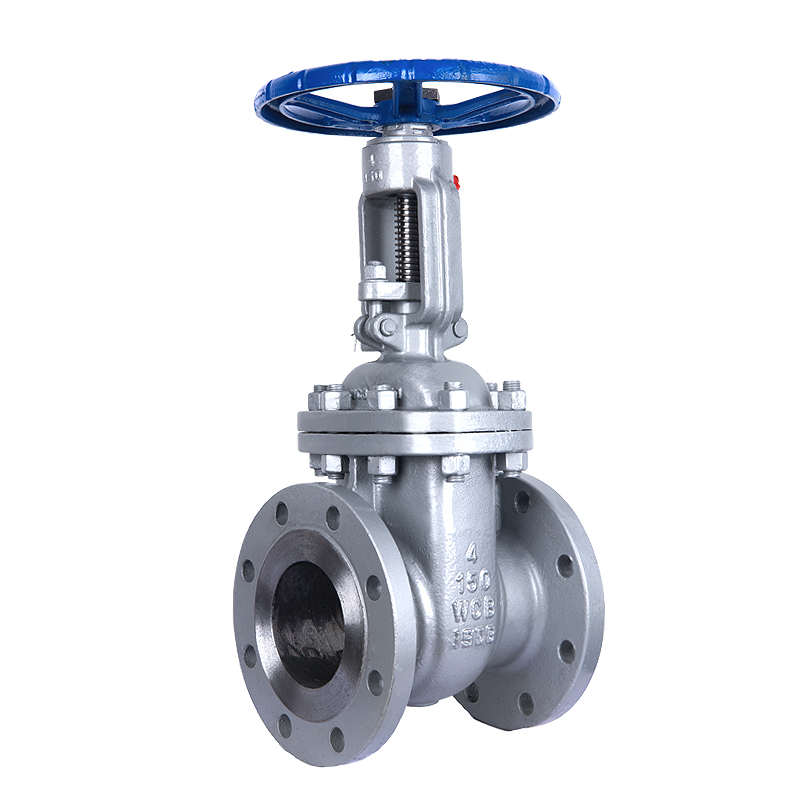Exploring the Design and Applications of Flanges and Spools in Industrial Piping Systems
Understanding Flange Spools Essential Components in Piping Systems
Flange spools are vital components in piping systems, commonly utilized in various industrial applications, including oil and gas, chemical processing, and water treatment. A flange spool consists of a segment of pipe with flanges attached at both ends, allowing for the seamless connection of pipelines and other components within a system. This article delves into the significance of flange spools, their design characteristics, and their applications in modern engineering.
What is a Flange Spool?
A flange spool is essentially a pre-fabricated segment of piping that features flanges on both ends. These flanges serve as connecting points, enabling the attachment of other pipes, valves, or fittings. Their primary function is to create a secure and leak-proof joint that can withstand high pressures and temperatures, making them ideal for demanding environments. Flange spools are typically manufactured from various materials, including stainless steel, carbon steel, and plastic, depending on the specific requirements of the application.
Design and Standards
Flange spools are designed according to industry standards, such as those set by the American National Standards Institute (ANSI) or the American Society of Mechanical Engineers (ASME). The design specifications cover critical parameters, including the flange type (e.g., weld neck, slip-on, or blind), size, and pressure rating. The selection of the flange type is crucial, as it influences the overall integrity and performance of the piping system.
The manufacturing process of flange spools usually involves cutting, welding, and machining to ensure precision and reliability. Quality control measures are established to verify that each spool meets the necessary tolerances and standards before being sent to the field for installation.
Applications of Flange Spools
Flange spools are widely utilized across various sectors. In the oil and gas industry, for instance, they form essential parts of pipeline networks that transport crude oil and natural gas from extraction sites to processing facilities. Similarly, in the chemical processing industry, flange spools enable the safe and efficient transfer of hazardous materials, requiring stringent adherence to safety standards.
flange spool

In water treatment and distribution systems, flange spools allow for flexibility in the design and installation of pipelines. They can accommodate changes in direction and elevation, ensuring that the flow of water remains uninterrupted. This adaptability makes flange spools a preferred choice for engineers when designing complex piping layouts.
Benefits of Using Flange Spools
The primary advantages of using flange spools in piping systems include
1. Ease of Installation Flange spools facilitate quick and straightforward installation. The flanged ends allow for easy alignment and connection, reducing the time and labor required for assembly.
2. Leak Prevention The design of flange joints ensures a tight seal, minimizing the risk of leaks that can lead to costly repairs and environmental hazards.
3. Flexibility Flange spools offer flexibility in system design. They can be easily modified or replaced without major disruptions to the existing pipeline network.
4. Durability Made from robust materials, flange spools are built to withstand harsh operating conditions, including high pressure and temperature fluctuations.
Conclusion
Flange spools play a crucial role in the efficiency and safety of piping systems across various industries. Their ability to provide secure, reliable connections makes them indispensable in engineering projects. As industries continue to evolve and demand more complex piping solutions, the role of flange spools will only grow in significance, underscoring their importance in modern engineering practices. Understanding the functionality and applications of these components is essential for anyone involved in the design, maintenance, or operation of industrial piping systems.
-
3-types-of-check-valves-maintenance-tipsNewsAug.23,2025
-
ball-valves-types-with-trunnion-mounted-designNewsAug.23,2025
-
butterfly-valve-company-production-capabilitiesNewsAug.23,2025
-
fisher-globe-valve-technical-specificationsNewsAug.23,2025
-
types-of-gaskets-for-flanges-selection-guideNewsAug.23,2025
-
wedge-gate-valve-suppliers-quality-standardsNewsAug.23,2025
-
Breakthrough in Domestic Low Temperature Valve Technology in ChinaNewsAug.18,2025




